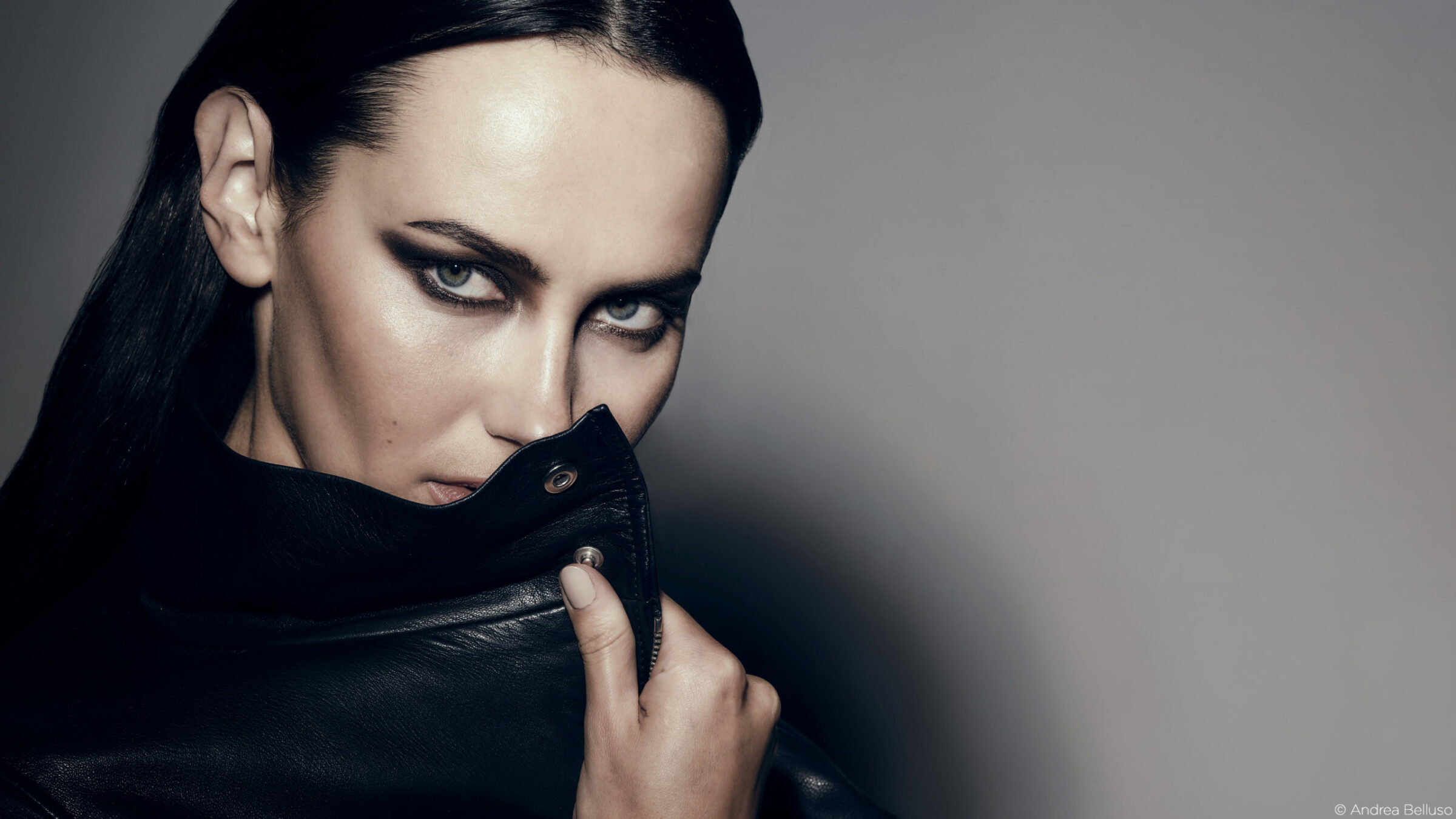We sat down with Andrea Belluso to talk about studio photography, gear, and the commitment necessary to really, truly succeed as a high end photographer.
How do you define yourself as a photographer?
I don’t. I try to be as undefined as I possibly can, and I actually encourage other photographers to do the same. If you define yourself as a photographer, you fall into the trap of defining your style, who you are, everything you do and deliver – and this is the opposite of being creative. So by being totally undefined, I am opening up to whatever possibilities there could be on any given shoot. Because the thing about photography in general, and especially people photography, is that every shoot is an entity in and of itself. And you have to treat it as such. Otherwise, it is as if you are treating people all the same way. Imagine talking to your banker the same as your butcher. If you talk about steaks to your banker, he is going to think you are insane. It may be a bit crazy example, but that is actually what most photographers are doing with their pictures. So I personally try to be as undefined as I can be to be sure that I am treating each shoot with fresh eyes and individuality.
Do you have a favorite genre – something you particularly like to shoot?
I love photography in general. I have been trained in shooting people, and especially fashion and beauty. I have been specialized in fashion and beauty for 40 years. I still do that, and love doing that. But one thing I discovered very recently is actually portraits. And I love shooting portraits.
What is it about portraiture that captures you?
It’s the use of different techniques to actually bring the person in and have them be very present in front of the camera. That requires a lot of vulnerability – both from the photographer and the subject. If the photographer and the person in front of the camera have put their barriers down and have this total vulnerability, that’s when magic happens. And that’s when beauty really comes out. You can see a lot of pictures that are perfect technically, but there is just something missing. And very often we are going to say “oh, but that person is not photogenic, and that is why it’s like that” but it’s not true. You can take a picture of the same person, and if it is in an environment of vulnerability and being present, you will see that this same person automatically becomes super beautiful.
Is vulnerability the most difficult thing about shooting another human being?
It’s not that it’s difficult at all, it’s more that most photographers don’t know how important it is. And I am trying to bring this out more and more. I am starting photography courses focused just on this. I don’t actually think that there is anything difficult in photography as such anymore. You know, the cameras are not difficult to learn and use. Even if you look at a Phase One IQ4 – it’s the most advanced camera we have, but it’s also simple. It’s super easy to use. Less than half a day and you can learn how to use it. We don’t really have any excuses not to be really creative, and to create great pictures. We have all the tools. It is just a matter of educating yourself. And the education with the camera doesn’t take long at all. The thing that should be worked on is maybe lighting. And even there, there are no rules. You just need to know how the different lights behave. And that’s it.
How do you come up with your creative ideas?
They come to me. The way that I allow them to come is by asking questions. If it’s portraits, I will have a chat with the person and ask them what’s going on with them and with their life. Try to find out who they are. In order to actually bring them to this space of feeling vulnerable and feeling present with me, as I am with them. It’s more of the verbal process that opens up an energy that actually creates the pictures. And the ideas, as such, they are the babies that are created out of all of this.
What goes into preparing for and setting up your shoots?
Let’s assume that I am shooting on my own with no assistants, which happens very often when I’m shooting portraits (the less people I have in the studio, the more intimate the space becomes). When I first get into the studio, I will open up my Phase One case and put my camera there, set the lenses out so I have them in front of me to pick and change really easily. Then I set up the tethering cable and connect it with the computer. From there, I talk to the person I am shooting first, before setting the lights. Just to get an idea of the direction that the shoot will take. And then I will choose my first light just by following the energy. I try to stay out of my own head and thoughts like “oh now I’m going to do this picture, so I have to use that light at that angle”. So I will choose the first light; and most of the time I will only use one single light, and play with distance, angle and the light shaping tool itself. Measure my light and take the first shot. Then I continue the process of trying to get the person more and more vulnerable and present.
What is it that light can do for a photographer?
Everything. Light can create everything you want. With one single light, you can create a space that is very bright. If you have a white wall behind your subject, you can have that wall super white, and you can have it with shadows or without shadows. And with that same light, you can go to a very dark background and have a very dramatic mood. So you can go from the very happy, light feeling to a very deep, intense feeling with the same single light. So basically, with light, you create any atmosphere that you want. And this goes whether shooting people or any other subject. Even outdoors, I will use a flash I would use in a studio, because using artificial light actually gives me total freedom and total control over the picture. If I’m outdoors, I will look at the sun (not literally, of course), and if I like the position of the sun, then I will place a light exactly where the sun is. The sun will keep on moving – my light will not. By putting the flash at the same power or higher than the sun, I will have my own sun there all day long if I want. And the same thing applies in the studio. I control everything with light.
What’s your process after you capture an image?
After I make a final selection, the actual post-production with me is not very much at all. Most of my pictures are almost straight out of the camera. In fact, my portrait clients will hardly ever have any pictures retouched. It’s a matter of maybe cleaning the skin, maybe fixing a flyaway hair, if I’m outdoors and there is an object that I don’t want in the background I might remove that, but it’s mainly making a picture better than it is, but not changing it. I was having a very interesting discussion with a retoucher friend of mine a few days ago, on how retouchers are misunderstood. A lot of photographers think that a retoucher is there to save the picture. Or to create the light in the picture. And there are a lot of photographers who will not even create their light and will do everything in post-production – putting highlights and shadows, changing the direction of the light, and all those things. And for me, that is not photography. They obtain beautiful results, yes, but for me that’s a graphic art, which can be very beautiful, but it’s not photography. For me, photography is really all about the original meaning – painting with light.
Do you have more thoughts on the future of professional photography?
I’ve been talking to a lot of photographers lately about something that is happening in the world of photography. You hear a lot of photographers complaining that there is not enough money, not enough work, too much competition, blah blah blah. What I see is that photography is being split in two directions. One direction has the photographers that are asking mediocre money from their clients and are delivering mediocre work. And they are creating their picture in post-production and not giving the quality and dedication that the work deserves. They are not honoring their work. What happens is that they end up working for less and less money until they will actually be working for free – a downward trend. So the middle-of-the-pack photographer will not exist anymore. We have a choice of going that way, or stepping up our game. Only using the best equipment that you can get, really honoring the pictures, and honoring your clients that are actually paying you the money, and really knowing and using light. And that’s when you take the second direction – upwards – and really start earning the money. And your clients will be happy to pay you more money, because they see the difference. They see the quality. And already today we see that clients are prepared to pay much more money than they were only a couple of years ago. But they want the photographers to actually have that knowledge and dedication to the art. So, two directions – down and up – and it all comes down to commitment and honoring your work. If you choose the upward path, really take it seriously. It’s a real commitment. Really think about how long you want to be a photographer for, and what level of photographer you want to be. If you want to be a high-end professional, the respected professional, if you want to be somebody that people actually recognize and remember, and will call and talk to, that requires commitment and a sense of honor in the work you do and in your clients. And I do mean it is a commitment in every sense of the word – a Phase One is not cheap. There are plenty of cameras and solutions out there that give you good results with less commitment. But good results are not enough to take the upward direction – you need excellent and unique results. For me, there is only one choice.
What do you want to leave the readers with?
It really comes down to honoring the pictures. Honoring the clients. Honoring the people in front of the camera. And honoring the work. And it’s a matter of choosing – really choosing – what you want with your life. Not just with a picture, not just with photography, not just with your business, but with your life in general. For me, my photography is my life. And if a photographer does not feel that way, I really think they should consider a different path, keeping photography as a hobby. Because photography has to be a commitment. If it’s not a commitment, you will soon turn what is your passion into your object of hate. You will start expecting the business to feed you with money, but you don’t give it anything back. I very often compare this to a chef in a restaurant. Imagine that you are a chef and have a restaurant in the Michelin guide. People are prepared to come and pay you big money – but then you come and serve a hamburger from McDonald’s on their plate. They are not going to be happy or pay you that money. And that is exactly what photographers who are not satisfied today are doing. They are feeding their clients hamburgers, expecting to be paid like a Michelin restaurant. If you want to be paid like that, you have to serve the best photographic dishes ever!
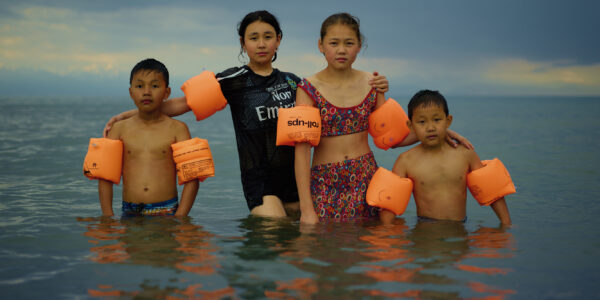
Photographer Stories
Intimacy in focus: Louise’s lens on humanity with Phase One_Part1
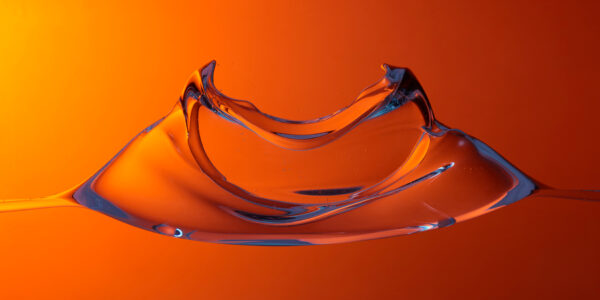
Photographer Stories
Dimitri Newman: Vision is Just the Start
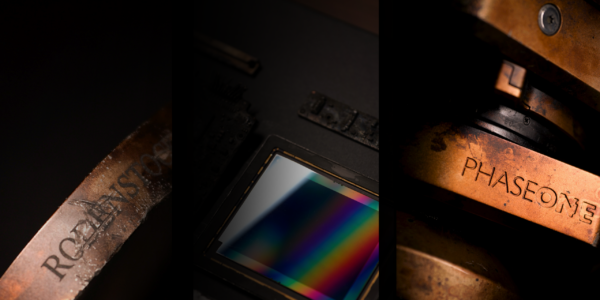
Photographer Stories
Ashes: The Rebirth of a Camera- Hexmalo
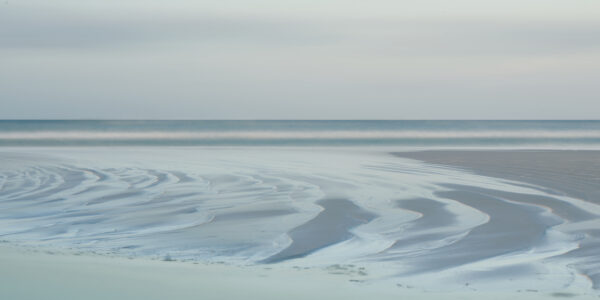
Photographer Stories
Chandler Williams: A Photographer’s Path
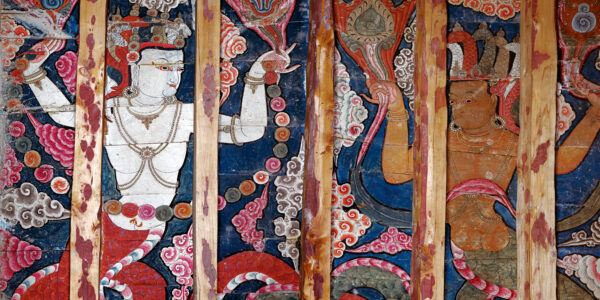
Photographer Stories
TABO- Gods of Light
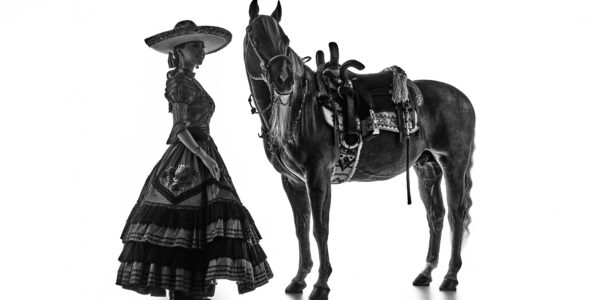
Photographer Stories
Loreto Villarreal – An Evolving Vision
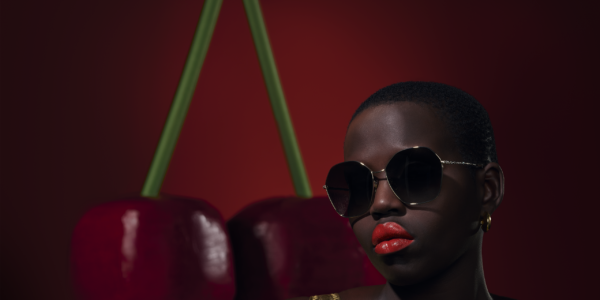
Photographer Stories
Tobias Meier – Storytelling Photography
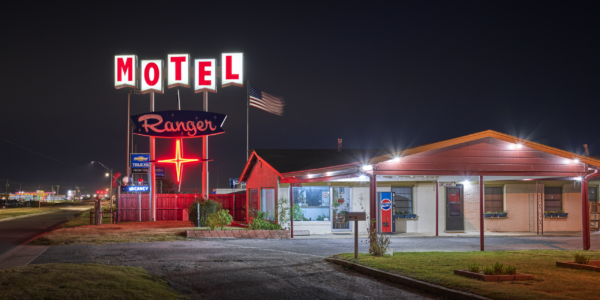
Photographer Stories
Gregory Essayan – Curating Reality
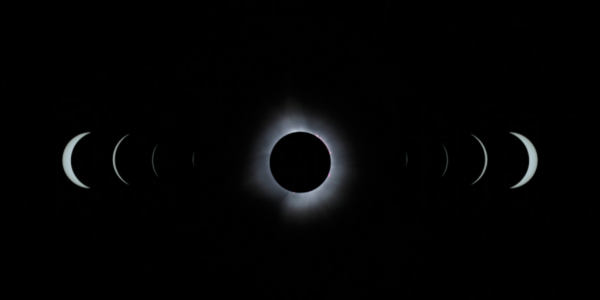
Photographer Stories
Total Solar Eclipse – Matthew C. Ng
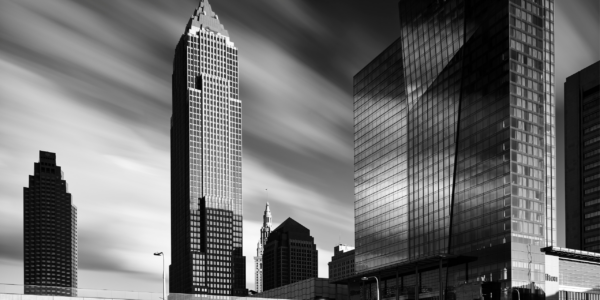
Photographer Stories
Roger Mastroianni – Frame Averaging
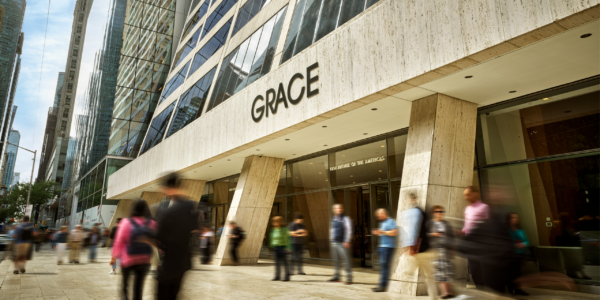
Photographer Stories
Matthew Plexman – Bringing portraits to life
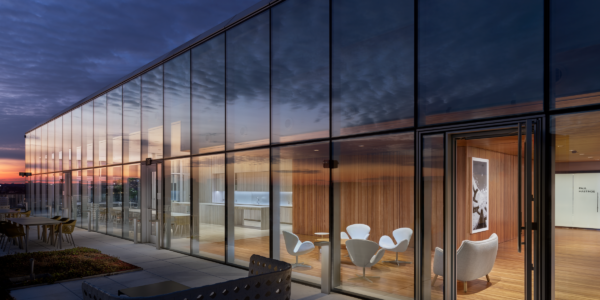
Photographer Stories
Prakash Patel – A Visual Design Story

Photographer Stories
Karen Culp – Food Photography Ideas
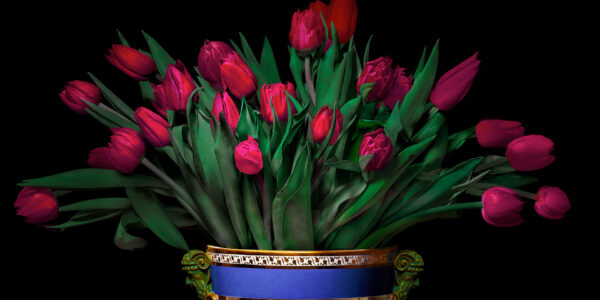
Photographer Stories
T.M. Glass: Flower portraits
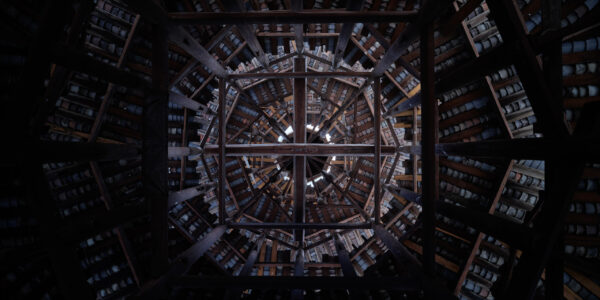
Photographer Stories
Preserving ancient Chinese buildings – Dong Village
